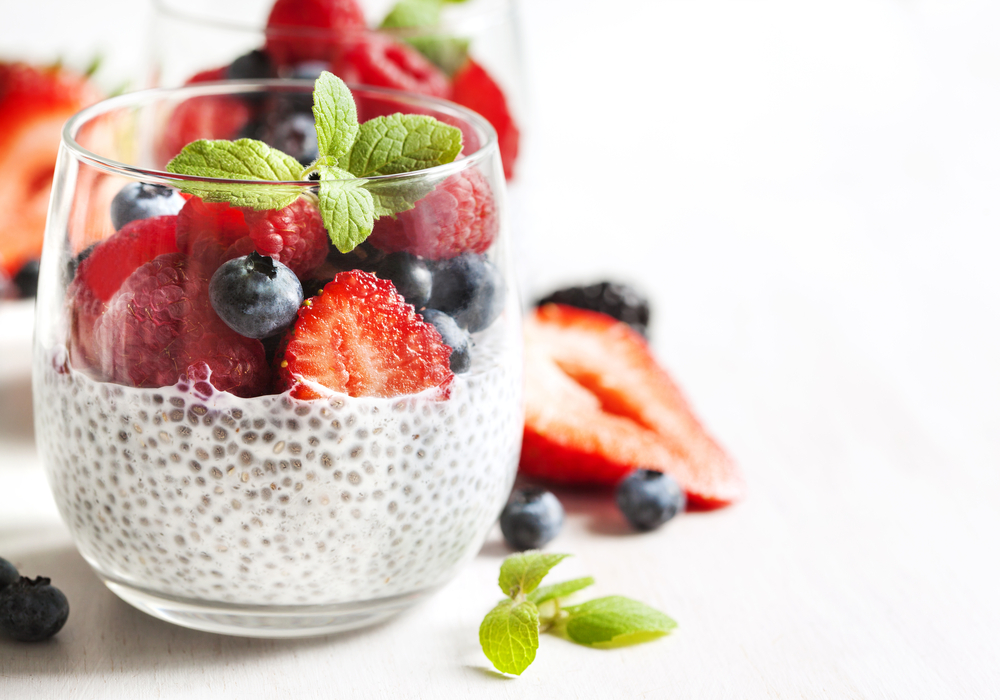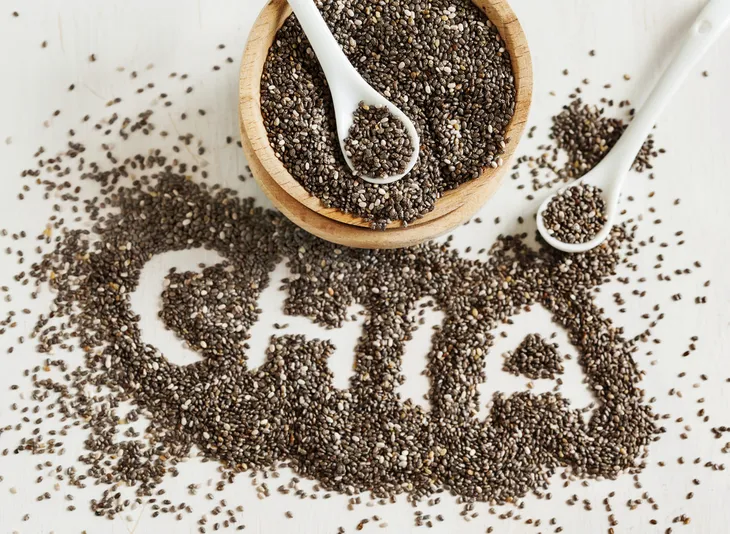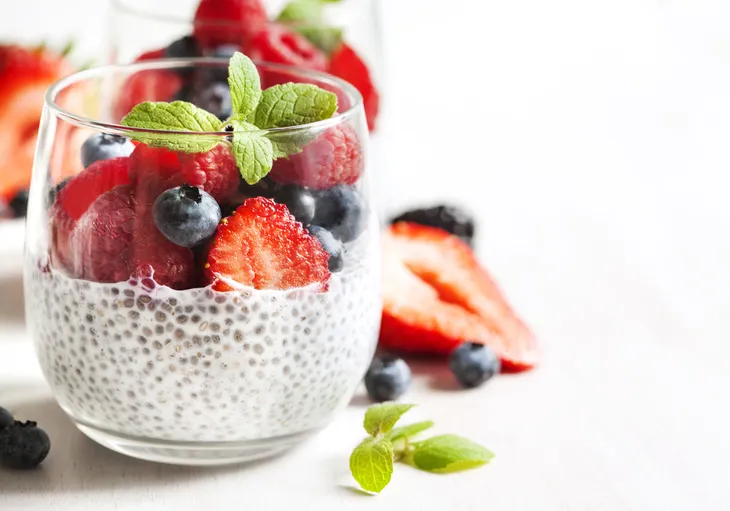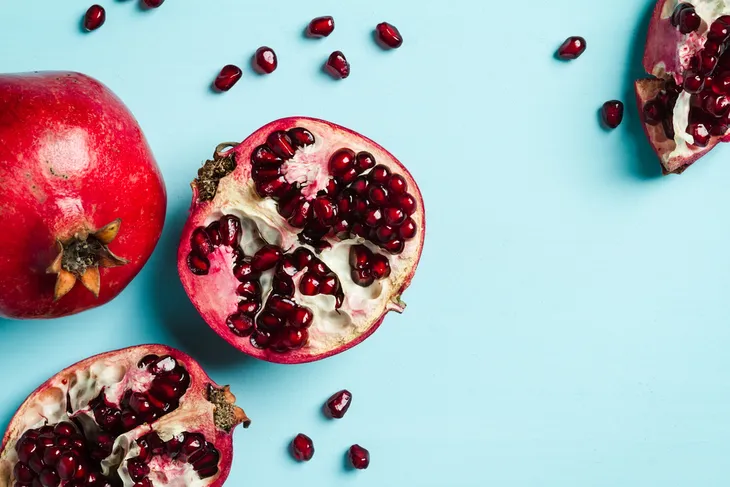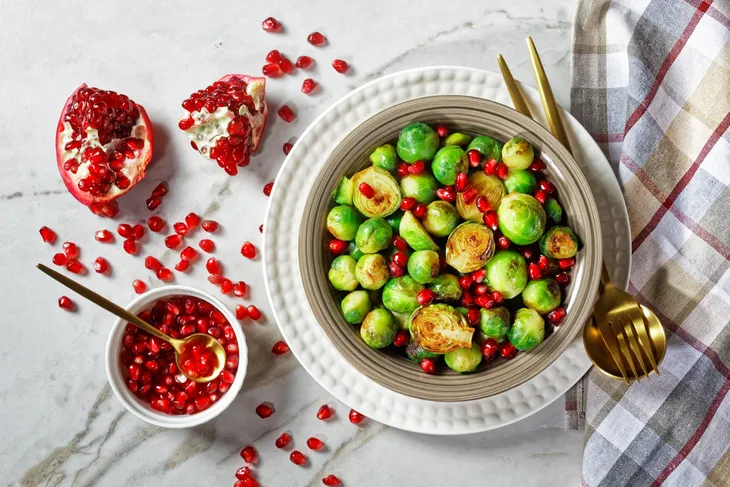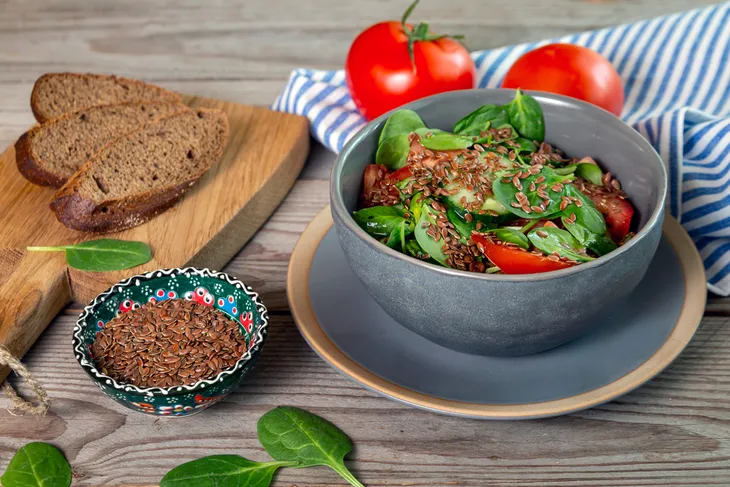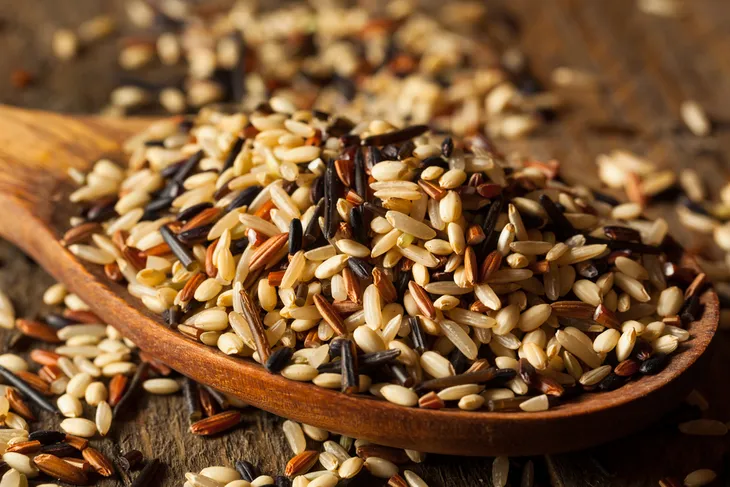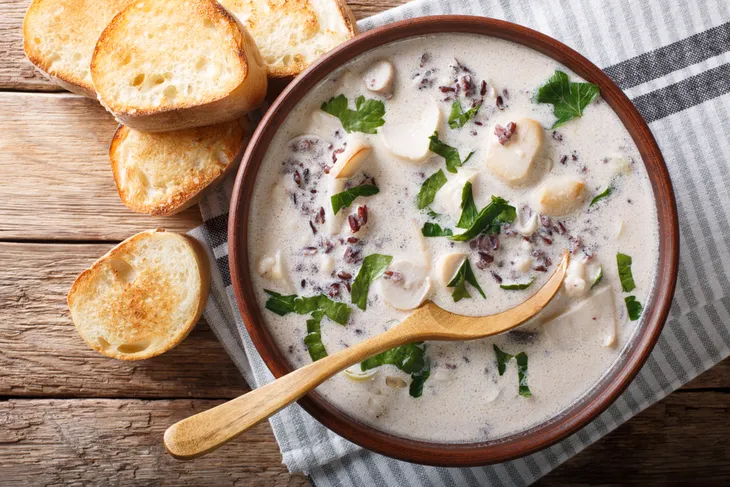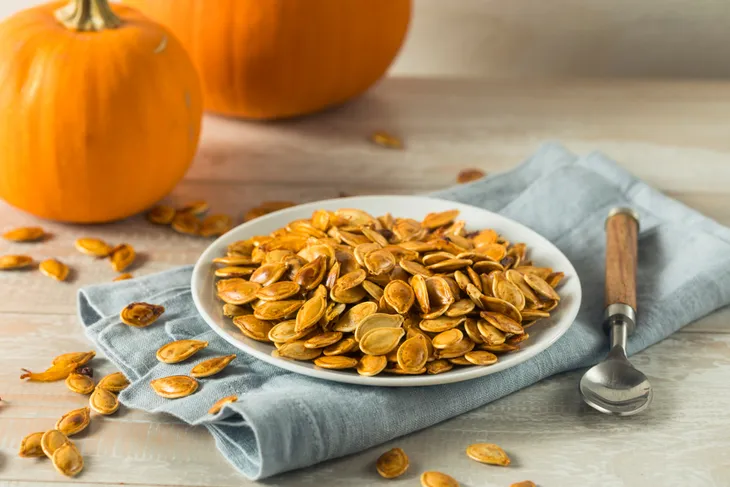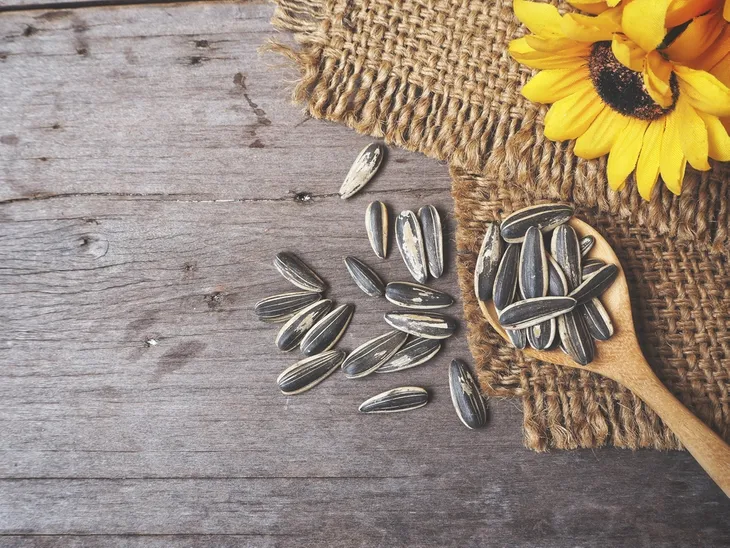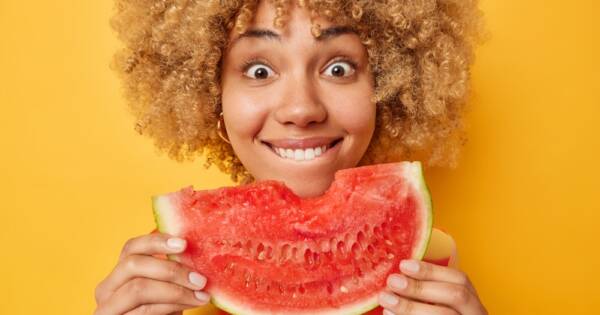If you are looking for the perfect on-the-go snack, addition to your smoothie, or even a way to make your baked goods a little healthier, then seeds might be what you’ve been searching for. The healthiest seeds are packed with a nutritional value containing fiber, unsaturated fat, vitamins, and minerals. Not only do they make a perfect snack, but you can also add them to your regular meals for bonus nutrient value.
We’re here to show you the healthiest seeds you should be eating and what makes them so special. With so many options you can decide which seeds are best for your health needs and how you can incorporate them into your diet.
Chia Seeds
Chia seeds made their way into mainstream media years ago with an oddly shaped ceramic pot that grew sprouts with these surprisingly healthy seeds. Now, chia seeds are a mainstream health food that can be found in most grocery stores.
“Just 1-ounce (that’s 2-tablespoons) has nearly 10-grams of fiber,” says WebMD. They are also a good source of omega-3 fats which is an important factor when trying to reduce inflammation within the body.
How to Eat Chia Seeds
There are many versatile and healthy ways to enjoy chia seeds! To take advantage of these healthy seeds you can sprinkle them over your cereal or yogurt for an added crunch. They can also be ground up in a blender and added to baked goods like cookies.
Another option is to soak ¼-cup whole chia seeds in 1-cup of liquid, such as nut milk or dairy milk. The chia seeds and liquid will turn into a gel-like mixture that’s similar to pudding. For a vanilla pudding substitute, you can add in a drop of vanilla!
Pomegranate Seeds
When you think about the healthiest seeds you should be eating, we’d bet that pomegranate seeds weren’t the first ones to come to mind. These little red, juicy seeds are also called arils.
The seeds are inside the hard shell of the pomegranate and can be a bit of a challenge to get them out. But once you do, these little seeds are worth the wait. “A full cup of pomegranate seeds has only 130-calories, making it good for a light snack” reports WebMD. They are also high in antioxidants and vitamin C.
How to Eat Pomegranate Seeds
To use these delicious seeds, toss them into a salad with sliced almonds and balsamic dressing. The red of the seeds will add great color and each bite of pomegranate seeds will give you an added juicy sweet flavor.
Another idea is to put them in your morning smoothie or make a roasted brussels sprout salad with the seeds. But you can also snack on the seeds themselves too!
Flaxseeds
Flaxseeds look a lot like chia seeds but they’re slightly larger and have a great nutty taste. They also contain a huge health punch! Flaxseeds are a perfect source of omega-3 fatty acids and are “the best plant source of this important nutrient, and it gives you a good dose of fiber too,” WebMD tells us.
To get the omega-3 fatty acid benefit you’ll want to ground up your flaxseeds because the hard outer shell is difficult to digest.
How to Eat Flaxseeds
As we’ve said, flax has a nutty flavor, especially when ground up into a flax meal. You can use flaxseeds the same way you use chia seeds. Toss them with your salad or sprinkle on top of yogurt.
Adding ground flax to baked goods is another perfect way to sneak in fiber and nutrients for your whole family.
Wild Rice
Wait! Wasn’t this article talking about seeds? Well, it turns out wild rice is a seed! It’s a type of grass seed and it’s loaded with health benefits. Wild rice “provides folate, magnesium, phosphorus, zinc, vitamin B6, niacin,” says WebMD.
With so many great nutrients it’s clear why wild rice is a popular dish, especially during the fall and winter. There is nothing better than a warm wild rice dish during the cold months.
Wild Rice Recipe Ideas
If you aren’t familiar with wild rice there are countless recipes for you to try. There’s chicken and wild rice soup, you can make a salad with wild rice, or just a rice pilaf.
There are plenty of ways to get this tasty seed into your diet and keep you healthy all year round.
Hemp Seeds
Hemp seeds are full of protein, more than flaxseed and chia seed. It also contains the essential amino acids that your body can’t make, labeling this seed as a complete protein source. On top of all that, Healthline tells us “the proportion of omega-6 to omega-3 fats in hemp seed oil is roughly 3:1, which is considered a good ratio.” Some people also find that consuming hemp seed oil can reduce their eczema because of its anti-inflammatory properties.
Just like many of the other seeds, hemp seeds have a nutty flavor that works well in salads and baked goods. You can also add hemp seeds plain or drink hemp milk.
Pumpkin Seeds
Pumpkin seeds are one of the quintessential fall snacks and it’s no wonder why. These crunchy seeds are full of magnesium. In fact, Healthline reports, a 1-ounce serving provides you 37-percent of your recommended daily intake.
The source also states, “pumpkin seeds and pumpkin seed oil are good sources of monounsaturated and omega-6 fats, and may help improve heart health and symptoms of urinary disorders.”
How to Cook Pumpkin Seeds
To take advantage of these seeds you can scoop them out after you carve your jack o’lantern. Clean the seeds under cool water and roast them in your oven. If it’s not pumpkin season or you want to cut to the chase, then buy your seeds at the grocery store already roasted.
We love eating pumpkin seeds as a snack. They make the perfect, on-the-go treat to keep those hunger pains away.
Sunflower Seeds
Sunflowers are such beautiful flowers with their large yellow petals and huge tall stems. But it’s not the beauty that makes this plant so special, it’s the healthy seeds it produces. “Sunflower seeds contain high levels of both monounsaturated and omega-6 fats, and may help reduce inflammation and cholesterol levels,” says Healthline. Snacking on a 1-ounce serving will provide you with 47-percent of your daily vitamin E.
Just like pumpkin seeds, our favorite way to eat sunflower seeds is by the handful for a nutritious snack. They also make a great topping for your salad, giving you a nice added crunch.
Seeds and nuts all provide nutrients in snack form and in your daily meals, but should be consumed in moderation. Speak with your dietitian to confirm what seeds to have and how much. An excess of any food can still be bad for you.
